Understanding LLM Fine Tuning with LoRA Low-Rank Adaptation
The use of CUDA Graphs, which enables multiple GPU operations to be launched with a single CPU operation, also contributed to the performance delivered at max scale. NVIDIA first submitted results on the GPT3-175B LLM benchmark when it was introduced in MLPerf Training v3.0 last year. We achieved a time-to-train of 10.9 minutes Chat GPT using 3,584 H100 GPUs, representing both performance and scale records at the time. As AI is a diverse and rapidly evolving field, with new models and applications being invented continuously, it’s important that industry benchmarks, such as MLPerf, cover a wide range of use cases and evolve in lock-step with industry trends.
It is possible to perform a full-parameter fine-tuning, but not everyone can afford it. Mostly it can be done by big corporations that possess huge resources and capabilities. These organizations often have the financial means to invest in high-end hardware, employ experienced teams of machine learning experts, and access vast amounts of data for training.
It is especially crucial for on-device generative AI due to the size of the models and constraints in DRAM and flash storage — the adapters are small, often less than 2% of base model size, and quick to switch. While training the original foundation model requires significant data, compute, budget and expertise, fine-tuning on a much smaller amount of domain-specific data can still be too challenging for many AI companies, developers and practitioners. By using LoRA, organizations can significantly reduce the number of trainable parameters in a model, making it easier and faster to use for different tasks. These projects offer many benefits to open source developers and the machine learning community—and are a great way to start building new AI-powered features and applications.
NVIDIA also submitted eight GPU results using eight H200 Tensor Core GPUs, each featuring 141 GB of HBM3e and delivering a 47% boost compared to the H100 submission at the same scale. To represent visual generative AI, MLPerf Training v4.0 includes a text-to-image benchmark, based on Stable Diffusion v2. At a scale of 512 GPUs, H100 performance has increased by 27% in just one year, completing the workload in under an hour, with per-GPU utilization now reaching 904 TFLOP/s. The exceptional results submitted by NVIDIA this round reflected both increased submission scale, as well as significant software improvements that further enhanced delivered performance at scale.
It offers the experience of naturally conversing with a native English speaker, on-demand, on any topic, with real-time feedback, all at an affordable cost, eliminating major barriers to achieving fluency. Seventy-one percent of Loora learners use the platform to improve their English for professional purposes. The virtual language coach’s conversational AI is especially suited to that end, as it enables learners to gain confidence and the specific English skills they require for their personal and professional growth, as opposed to only casual conversation. Several angel investors also contributed to the round, including Zohar Gilon and Amit Gilon, as well as several founders from prominent technology companies Lightricks and ironSource. LoRA offers the flexibility to fine-tune different parts of the model to different degrees, enabling a more focused adaptation process.
This is where LoRA comes in as a training technique to fine-tune Stable Diffusion models while maintaining manageable file sizes. It allows you to use low-rank adaptation technology to quickly fine-tune diffusion models. To put it in simple terms, the LoRA training model makes it easier to train Stable Diffusion on different concepts, such as characters or a specific style.
- The concept of LoRA is that since LLM is applicable to different tasks, the model will have different neurons/features to handle different tasks.
- Responses suggest that, in many industries, organizations are about equally as likely to be investing more than 5 percent of their digital budgets in gen AI as they are in nongenerative, analytical-AI solutions (Exhibit 5).
- Then, they can use the NVIDIA TensorRT™ model optimizer to quantize models to consume up to 3x less RAM.
- One thing of notice is that the learning rate is 1e-4, much larger than the usual learning rates for regular fine-tuning (in the order of ~1e-6, typically).
- On the other hand, Stable Diffusion allows users to generate photorealistic images given a text input.
Respondents most commonly report meaningful revenue increases (of more than 5 percent) in supply chain and inventory management (Exhibit 6). For analytical AI, respondents most often report seeing cost benefits in service operations—in line with what we found last year—as well as meaningful revenue increases from AI use in marketing and sales. Additionally, diffusion models are also categorized as foundation models, because they are large-scale, offer high-quality outputs, are flexible, and are considered best for generalized use cases. However, because of the reverse sampling process, running foundation models is a slow, lengthy process. Generative AI enables users to quickly generate new content based on a variety of inputs. Inputs and outputs to these models can include text, images, sounds, animation, 3D models, or other types of data.
For example, you might start with a pre-trained image recognition model that knows about common objects. The pre-trained model already understands things like edges, colors, and shapes, so it’s easier to teach it to recognize flower types. Unlike traditional models that require extensive retraining when new data arrives, LoRa models are engineered to dynamically adjust to the evolving information landscape while keeping computational complexity low.
Experience Generative AI at the NVIDIA AI Playground
Our models have been created with the purpose of helping users do everyday activities across their Apple products, and developed responsibly at every stage and guided by Apple’s core values. We look forward to sharing more information soon on our broader family of generative models, including language, diffusion, and coding models. Additionally, since Concept Sliders are lightweight LoRA adaptors, they are easy to share, and they can also be easily overlaid on diffusion models. Users can also adjust multiple knobs simultaneously to steer complex generations by downloading interesting slider sets.
The scaling factor also facilitates adjusting the strengths of the edit, and makes the edits stronger without retraining the framework as demonstrated in the following image. Stable Diffusion models have been gaining popularity in the field lora generative ai of machine learning for their ability to generate high-quality images and text. However, one major drawback of these models is their large file size, making it difficult for users to maintain a collection on their personal computers.
The concept of the LoRA model says that when we’re training our base model for a specific task, we don’t need all the information in those spreadsheets (matrices). The simple answer is that standard or full-parameter fine-tuning is difficult in all sorts of ways. The final fine-tuned model comes out as bulky as its pre-trained version, so if the results of training are not to your liking the entire model will have to be re-trained to make it work better.
To ensure better control over granular attributes, Concept Sliders leverage optional text guidance paired with image datasets. As it can be seen in the figure below, Concept Sliders create individual sliders for “eye size” and “eyebrow shape” that capture the desired transformations using the image pairs. It’s possible to fine-tune a model just by initializing the model with the pre-trained
weights and further training on the domain specific data. With the increasing size of
pre-trained models, a full forward and backward cycle requires a large amount of computing
resources.
Generative AI Research Spotlight: Demystifying Diffusion-Based Models
Most models rely solely on text prompts, which poses challenges in modulating continuous attributes like the intensity of weather, sharpness of shadows, facial expressions, or age of a person precisely. This makes it difficult for end-users to adjust images to meet their specific needs. Furthermore, although these generative frameworks produce high-quality and realistic images, they are prone to distortions like warped faces or missing fingers. To overcome these limitations, developers have proposed the use of interpretable Concept Sliders. These sliders promise greater control for end-users over visual attributes, enhancing image generation and editing within diffusion models. Concept Sliders in diffusion models work by identifying a parameter direction corresponding to an individual concept while minimizing interference with other attributes.
Toloka is a European company based in Amsterdam, the Netherlands that provides data for Generative AI development. We are the trusted data partner for all stages of AI development from training to evaluation. Toloka has over a decade of experience supporting clients with its unique methodology and optimal combination of machine learning technology and human expertise, offering the highest quality and scalability in the market. As a result, with QLoRA you could fine-tune a large 65 billion parameter model on a single GPU with just 48GB memory, without any loss in quality compared to full 16-bit training. Additionally, QLoRA makes it feasible to fine-tune large models with full 16-bit precision on standard academic setups, paving the way for more exploration and practical uses of large language models (LLMs).
Product and service development and service operations continue to be the two business functions in which respondents most often report AI adoption, as was true in the previous four surveys. And overall, just 23 percent of respondents say at least 5 percent of their organizations’ EBIT last year was attributable to their use of AI—essentially flat with the previous survey—suggesting there is much more room to capture value. Our latest survey results show changes in the roles that organizations are filling to support their AI ambitions.
Software partners such as Adobe, Blackmagic Design and Topaz are integrating components of the RTX AI Toolkit within their popular creative apps to accelerate AI performance on RTX PCs. PC games offer vast universes to explore and intricate mechanics to master, which are challenging and time-consuming feats even for the most dedicated gamers. Project G-Assist aims to put game knowledge at players’ fingertips using generative AI. As an evolving space, generative models are still considered to be in their early stages, giving them space for growth in the following areas.
LoRA preserves the integrity of pre-trained model weights, which is a significant advantage. In traditional fine-tuning, all weights of the model are subject to change, which can lead to a loss of the general knowledge the model originally possessed. LoRA’s approach of selectively updating weights through low-rank matrices ensures that the core structure and knowledge embedded in the pre-trained model are largely maintained.
Broadly, however, Apple’s is not a “bigger is better” approach to creating models, as things like size, speed and compute power need to be taken into account — particularly when dealing with on-device models. 4x Faster, 3x Smaller Models With the RTX AI Toolkit
The AI ecosystem has built hundreds of thousands of open-source models for app developers to leverage, but most models are pretrained for general purposes and built to run in a data center. Also, responses suggest that companies are now using AI in more parts of the business. Half of respondents say their organizations have adopted AI in two or more business functions, up from less than a third of respondents in 2023 (Exhibit 2). If 2023 was the year the world discovered generative AI (gen AI), 2024 is the year organizations truly began using—and deriving business value from—this new technology. In the latest McKinsey Global Survey on AI, 65 percent of respondents report that their organizations are regularly using gen AI, nearly double the percentage from our previous survey just ten months ago.
To start, gen AI high performers are using gen AI in more business functions—an average of three functions, while others average two. They’re more than three times as likely as others to be using gen AI in activities ranging from processing of accounting documents and risk assessment to R&D testing and pricing and promotions. One of the breakthroughs with generative AI models is the ability to leverage different learning approaches, including unsupervised or semi-supervised learning for training. This has given organizations the ability to more easily and quickly leverage a large amount of unlabeled data to create foundation models. As the name suggests, foundation models can be used as a base for AI systems that can perform multiple tasks.
The LoRA or Low Rank Adaptors technique decomposes weight updates during fine-tuning to enable efficient adaption of large pre-trained frameworks on downstream tasks. The LoRA technique decomposes weight updates for a pre-trained model layer with respect to both the input and the output dimensions, and constrains the update to a low-dimensional subspace. Current AI frameworks either focus on using a conditional input to guide the image structure, or they manipulate cross-attentions of source image with its target prompt to enable single image editing in text to image diffusion frameworks.
Efficient and cost-effective multi-tenant LoRA serving with Amazon SageMaker Amazon Web Services – AWS Blog
Efficient and cost-effective multi-tenant LoRA serving with Amazon SageMaker Amazon Web Services.
Posted: Tue, 21 May 2024 07:00:00 GMT [source]
They achieve this through innovative techniques in data representation and adaptability. As we are not updating the pretrained weights, the model never forgets what it has already learned. While in general Fine-Tuning, we are updating the actual weights hence there are chances of catastrophic forgetting. At the heart of the LoRA technique is breaking down the ∆W matrix into two more manageable matrices called A and B.
Especially for smaller-scale LLM runs, math operations can make up a much greater part of the time required to perform each training step compared to operations related to GPU-to-GPU communication. This leads to high Tensor Core utilization and can result in scenarios where Tensor Core throughput is constrained by the power available to the GPU. For example, Meta announced that it trained its latest Llama 3 family of large language models (LLMs) using AI clusters featuring 24,576 NVIDIA H100 Tensor Core GPUs.
AccountsIQ, a Dublin-founded accounting technology company, has raised $65 million to build “the finance function of the future” for midsized companies. Many of the products and features described herein remain in various stages and will be offered on a when-and-if-available basis. NVIDIA will have no liability for failure to deliver or delay in the delivery of any of the products, features, or functions set forth herein. Components of the RTX AI Toolkit, such as TensorRT-LLM, are integrated in popular developer frameworks and applications for generative AI, including Automatic1111, ComfyUI, Jan.AI, LangChain, LlamaIndex, Oobabooga and Sanctum.AI. Organizations continue to see returns in the business areas in which they are using AI, and
they plan to increase investment in the years ahead.
In addition, newly announced RTX AI PC laptops from ASUS and MSI feature up to GeForce RTX 4070 GPUs and power-efficient systems-on-a-chip with Windows 11 AI PC capabilities. These Windows 11 AI PCs will receive a free update to Copilot+ PC experiences when available. Gen AI high performers are also much more likely to say their organizations follow a set of risk-related best practices (Exhibit 11). Some organizations have already experienced negative consequences from the use of gen AI, with 44 percent of respondents saying their organizations have experienced at least one consequence (Exhibit 8).
The gradient is a vector function that is used to update the model’s parameters during training to reduce the error between predictions and actual targets. This backpropagation involves lots of multiplications and memory operations, which can be slow on GPUs. In that way, the Large Language Model changes the values of its weights to be able to predict or generate true data. This process involves multiple iterations, meaning that the model proceeds through these stages over and over again to become good or better at some specifically tailored purpose. After several such operations, which by the way may take a very long time, the model will be ready to be applied for its intended purpose, for example, it will become a banking or a medical chatbot. This method is particularly useful in scenarios where multiple clients need fine-tuned models for different applications, as it allows for creating a set of weights for each specific use case without the need for separate models.
Why Apple is taking a small-model approach to generative AI
LoRA’s method requires less memory and processing power, and also allows for quicker iterations and experiments, as each training cycle consumes fewer resources. This efficiency is particularly beneficial for applications that require regular updates or adaptations, https://chat.openai.com/ such as adapting a model to specialized domains or continuously evolving datasets. LoRA (Low-Rank Adaptation) is a highly efficient method of LLM fine tuning, which is putting LLM development into the hands of smaller organizations and even individual developers.
You can foun additiona information about ai customer service and artificial intelligence and NLP. To help developers build application-specific AI models that run on PCs, NVIDIA is introducing RTX AI Toolkit — a suite of tools and SDKs for model customization, optimization and deployment on RTX AI PCs. These technologies are enabled by the NVIDIA RTX AI Toolkit, a new suite of tools and software development kits that aid developers in optimizing and deploying large generative AI models on Windows PCs. They join NVIDIA’s full-stack RTX AI innovations accelerating over 500 PC applications and games and 200 laptop designs from manufacturers.
Respondents most often report inaccuracy as a risk that has affected their organizations, followed by cybersecurity and explainability. Responses suggest that, in many industries, organizations are about equally as likely to be investing more than 5 percent of their digital budgets in gen AI as they are in nongenerative, analytical-AI solutions (Exhibit 5). Yet in most industries, larger shares of respondents report that their organizations spend more than 20 percent on analytical AI than on gen AI. Looking ahead, most respondents—67 percent—expect their organizations to invest more in AI over the next three years. Organizations are already seeing material benefits from gen AI use, reporting both cost decreases and revenue jumps in the business units deploying the technology. The survey also provides insights into the kinds of risks presented by gen AI—most notably, inaccuracy—as well as the emerging practices of top performers to mitigate those challenges and capture value.
For example, if you wanted to generate an image of a glass sculpture, you could use a concept LoRA trained on that exact idea. The result would be a unique and interesting piece of art that clearly conveys the concept you were aiming for. Applying a character LoRA allows you to quickly generate characters with an authentic look, making them perfect for AI illustrations, character concept art, and even reference sheets. Depending on the training of the model, the character might be fitted to an outfit, a specific hairstyle, or even a certain facial expression.
Access Paper:
High-ranked matrices have more information (as most/all rows & columns are independent) compared to Low-Ranked matrices, there is some information loss and hence performance degradation when going for techniques like LoRA. If in novel training of a model, the time taken and resources used are feasible, LoRA can be avoided. But as LLMs require huge resources, LoRA becomes effective and we can take a hit on slight accuracy to save resources and time.
To facilitate the training of the adapters, we created an efficient infrastructure that allows us to rapidly retrain, test, and deploy adapters when either the base model or the training data gets updated. The adapter parameters are initialized using the accuracy-recovery adapter introduced in the Optimization section. We also filter profanity and other low-quality content to prevent its inclusion in the training corpus. In addition to filtering, we perform data extraction, deduplication, and the application of a model-based classifier to identify high quality documents. Apple Intelligence is comprised of multiple highly-capable generative models that are specialized for our users’ everyday tasks, and can adapt on the fly for their current activity.
Providing as frictionless an experience as possible serves the user, but it should not be done at the expense of privacy. Requiring users to opt-in each time removes some of the onus from Apple, even if it does add some friction into the process. You can also opt-out of using third-party platforms systemwide, though doing so would limit the amount of data the operating system/Siri can access. Due to the relatively limited nature of these models, Apple doesn’t expect that there will be a huge amount of variety when prompting the system to, say, summarize text. Ultimately, however, the variation from prompt to prompt depends on the length of the text being summarized. The operating systems also feature a feedback mechanism into which users can report issues with the generative AI system.
We now know machines can solve simple problems like image classification and generating documents. But I think we’re poised for even more ambitious capabilities, like solving problems with complex reasoning. Tomorrow, it may overhaul your creative workflows and processes to free you up to solve completely new challenges with a new frame of mind. Through collaboration and experimentation over time, we’ll uncover even more benefits from generative AI. We call machines programmed to learn from examples “neural networks.” One main way they learn is by being given lots of examples to learn from, like being told what’s in an image — we call this classification. If we want to teach a network how to recognize an elephant, that would involve a human introducing the network to lots of examples of what an elephant looks like and tagging those photos accordingly.
Pose LoRAs are a great way to have some more control over your generations without having to install and learn more advanced solutions like ControlNet. This type of LoRA can help you create dynamic and interesting scenes with just a few simple changes to the original prompt. Pose LoRA models focus more on the pose of said character rather than its style or features. For example, if you were to apply a pose LoRA model to a humanoid character, it would create different poses for them such as running, jumping or sitting, but it wouldn’t change their features, clothing, or alter the style of the model you’re using. Concept LoRAs make it easier to create artwork that is both stylized and conceptually strong. They are also great for creating smaller, more obscure pieces which would be hard to generate with other models.
In other words, the aim of this approach is to create a LoRA model with a compressed number of columns i.e. lower-rank matrices. With pre-trained models, a complete or full fine-tuning, where all parameters are re-trained, makes less sense. Large computer models, like those for language or images, learn a lot of general ideas about their area of expertise.
This entire year in AI space has been revolutionary because of the advancements in Gen-AI especially the incoming of LLMs. With every passing day, we get something new, be it a new LLM like Mistral-7B, a framework like Langchain or LlamaIndex, or fine-tuning techniques. One of the most significant fine-tuning LLMs that caught my attention is LoRA or Low-Rank Adaptation of LLMs.
















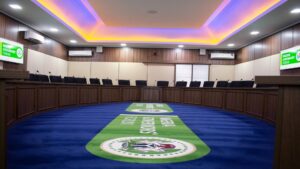






























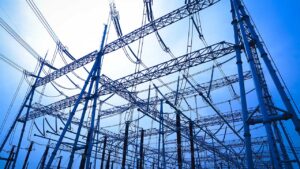





















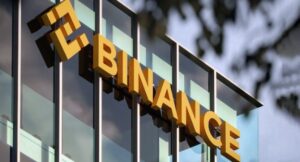












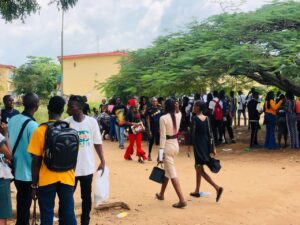






























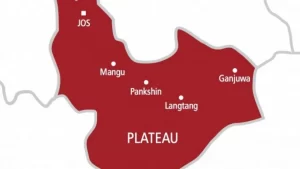




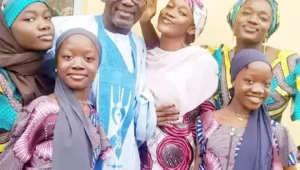























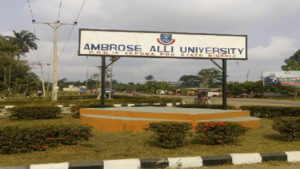




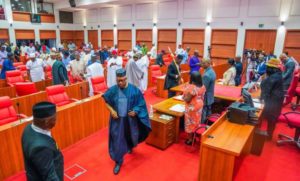




























































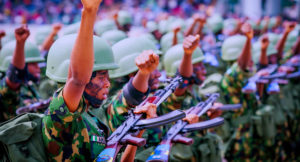






























































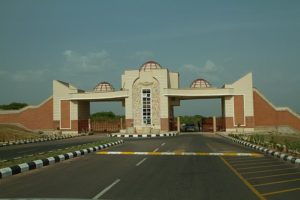





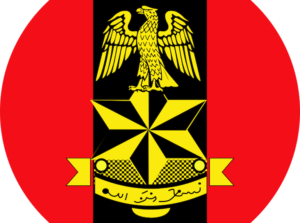











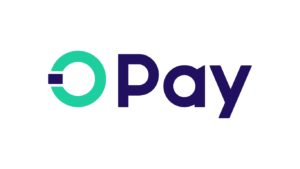
































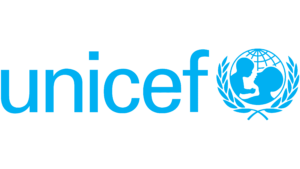



























































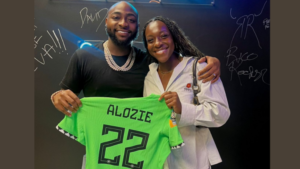





























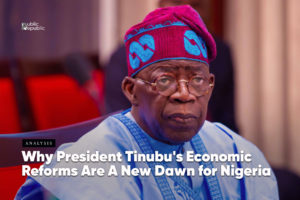









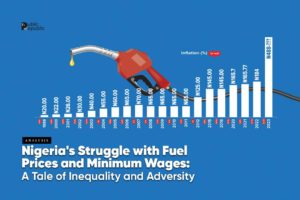







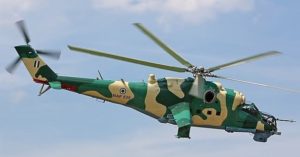









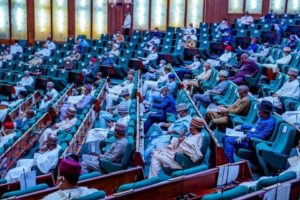



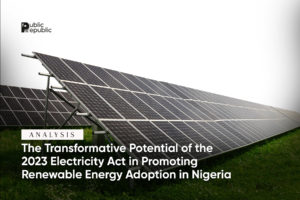




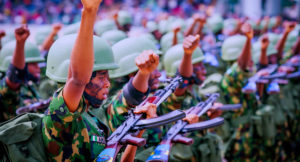




















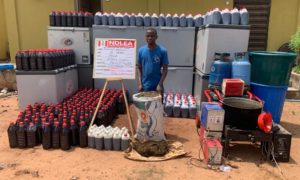

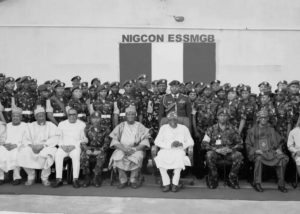
























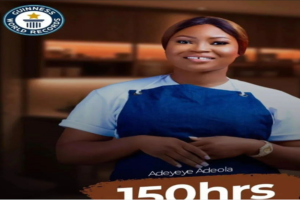



















































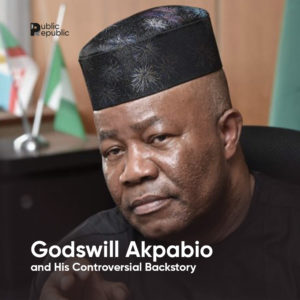






























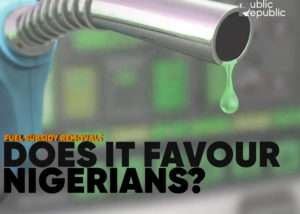






























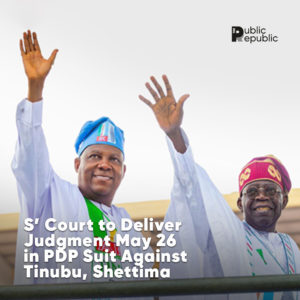









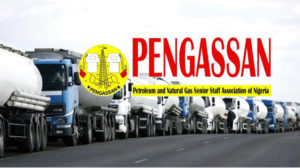










































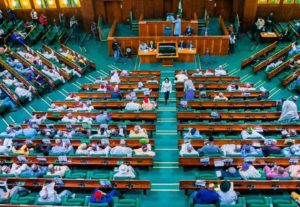







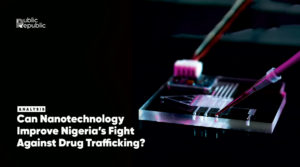






















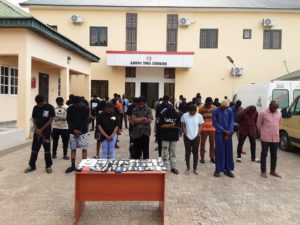


























0 Comments